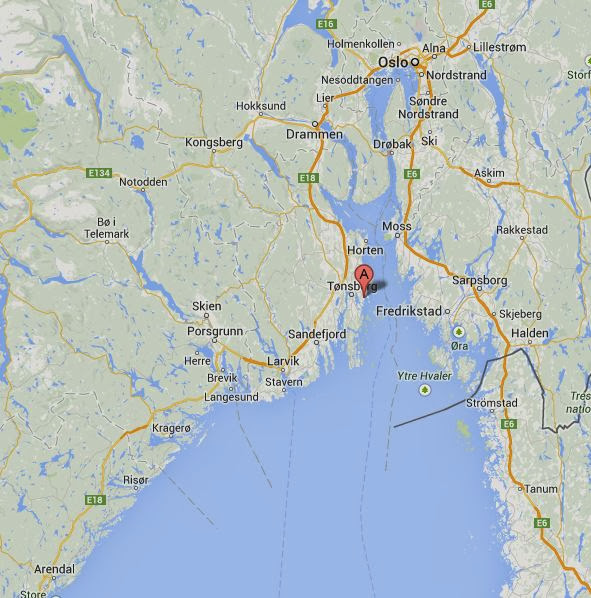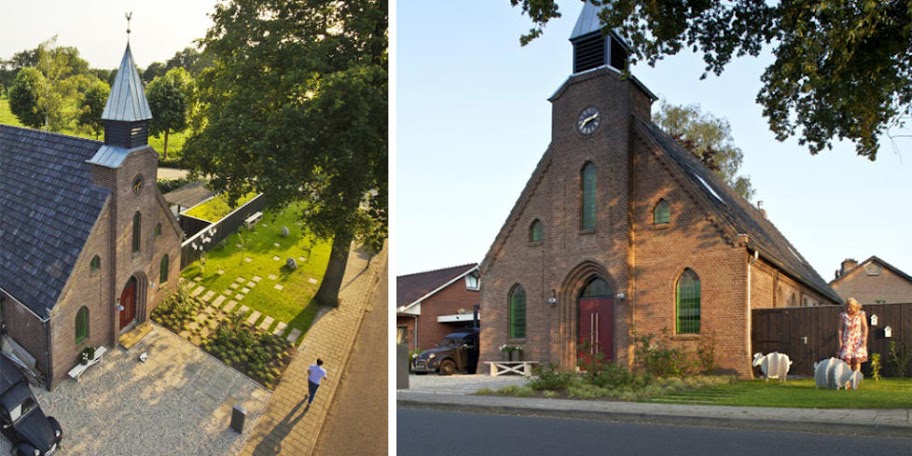Supranational law and the U.S.
You may
well have failed to read Karen de Young's
article, Judge
backs Obama administration on secrecy of targeted killings of terrorism
suspects, in The Washington Post, on January 3, 2013.
However, it raises
a couple of very important important issues, the first of which is:
whether the U.S. (Obama) administration has the right to
refuse to disclose information about its target killings of terrorism
suspects, including the 2011 drone strikes that killed three U.S.
citizens in Yemen.
Judge Colleen McMahon
of the U.S.
District Court for the Southern District of New York
ruled that the administration acted lawfully.
She found that the administration's
arguments sufficiently compelling that "public statements made by Obama
and others had referred only to the broad outlines of their legal
rationale, including international covenants on armed combat and a 2001
congressional resolution authorizing the use of force against al-Qaeda
and associated organizations, but had not referred to any specific
operations or documents. She therefore granted the
government's request for a summary judgment
against the American
Civil Liberties Union (ACLU)
and the New
York Times.
She acknowledged, however, having been
confronted with a "veritable Castch-22" of security rules that allow
the executive branch to declare legal "actions that seem on their face
incompatible with our Constitution and laws, while keeping the
reasons for their conclusion a secret."
She added that "The Alice-in-Wonderland
nature of this pronouncement is not lost on me."
The ACLU lawsuit, filed last February, said
the Justice
and Defense Departments and the CIA were illegally using secrecy claims
to deny requests in 2010 for information about the legal basis for the
killings and the selection process for targets.
The suit cited public comments made by President Obama,
Defense Secretary Leon E. Panetta and other officials about
the drone program in arguing that the government could not credibly
claim a secrecy defense
McMahon wrote that "the case raised
constitutional questions about executive power" and "whether
we are indeed a nation of laws, not of men. The
administration has engaged in public discussion of the legality of
targeted killing, even of citizens, but in cryptic and imprecise ways."
This case raises, however, a much higher
issue than that raised by ACLU and the New York Times, and dealt with
by McMahon, and that is international law or more precisely
supranational
law.
The first paragraph of this Wikipedia
article states it quite clearly: "Supranational law is a form
of international law. It is distinguished from public
internationa law because in supranational law nations explicitly submit
their rights to make judicial decisions by treaty to a set of common
tribunal. The United Nations Security Council and subordinate
organizations such as the International Court of Justice are the only
globally accepted supranational tribunals."
Currently there is no international set-up that would deal with cases such as the terrorist suspects referred to in the first paragraph above. The judicial organ that comes closest is the International Criminal Court (ICC).
ICC is a permanent tribunal to prosecute individuals for genocide, crimes against humanity, war crimes, and the crime of aggression (although it cannot, until at least 2017, exercise jurisdiction over the crime of aggression).
Principles of International Law Recognized in the Charter of the Nüremberg Tribunal and in the Judgment of the Tribunal, U.N. Doc. A/CN.4/SER.A/1950/Add.1 (1950) clearly manifests through its Principle V that "Any person charged with a crime under international law has the right to a fair trial on the facts and law."
Many states wanted to add terrorism and drug trafficking to the list of crimes covered by the Rome Statute; however, the states were unable to agree on a definition for terrorism and it was decided not to include drug trafficking as this might overwhelm the Court's limited resources.
Moreover, three nations - the U.S., Israel, and Sudan, have informed the UN Secretary General that they no longer intend to become states parties and, as such, have no legal obligations arising from their former representatives' signature of the Statute.
41 nations, among them major states, such as China and India, have neither signed nor ratified the Rome statute, and a further 32 countries, including Russia, have signed but not ratified it.
The Court can generally exercise jurisdiction only in three cases, viz. if the accused is a national of a state party, if the alleged crime took place on the territory of a state party or if a situation is referred to the Court by the United Nations Security Council. It is designed to complement existing national judicial systems: it can exercise its jurisdiction only when national courts are unwilling or unable to investigate or prosecute such crimes.Primary responsibility to investigate and punish crimes is therefore left to individual states.
Well, we have seen too many occations when the Americans have taken "justice" in their own hands and just liquidated terrorist suspects on their wanted lists, as they did not want to wait till their targeted people were apprehended and brought before the court. We have also seen numerous cases where suspects have been held prisoners at Guantanamo for years, without getting a chance of having their cases heard before a tribunal.
The on-line magazine Salon reported in an article titled The killing of Awlaki’s 16-year-old son on October 11, 2011 that "Two weeks after the U.S. killed American citizen Anwar Awlaki with a drone strike in Yemen — far from any battlefield and with no due process — it did the same to his 16-year-old son, Abdulrahman al-Awlaki, ending the teenager’s life on Friday along with his 17-year-old cousin and seven other people. News reports, based on government sources, originally claimed that Awlaki’s son was 21 years old and an Al Qaeda fighter (needless to say, as Terrorist often means: “anyone killed by the U.S.”), but a birth certificate published by The Washington Post proved that he was born only 16 years ago in Denver. As The New Yorker‘s Amy Davidson wrote: “Looking at his birth certificate, one wonders what those assertions say either about the the quality of the government’s evidence — or the honesty of its claims — and about our own capacity for self-deception.” The boy’s grandfather said that he and his cousin were at a barbecue and preparing to eat when the U.S. attacked them by air and ended their lives. There are two points worth making about this:
(1) It is unknown whether the U.S. targeted the teenager or whether he was merely “collateral damage.” The reason that’s unknown is because the Obama administration refuses to tell us. Said the Post: “The officials would not discuss the attack in any detail, including who the target was.” So here we have yet again one of the most consequential acts a government can take — killing one of its own citizens, in this case a teenage boy — and the government refuses even to talk about what it did, why it did it, what its justification is, what evidence it possesses, or what principles it has embraced in general for such actions. Indeed, it refuses even to admit it did this, since it refuses even to admit that it has a drone program at all and that it is engaged in military action in Yemen. It’s just all shrouded in total secrecy.
Of course, the same thing happened with the killing of Awlaki himself. The Executive Branch decided it has the authority to target U.S. citizens for death without due process, but told nobody (until it was leaked) and refuses to identify the principles that guide these decisions. It then concluded in a secret legal memo that Awlaki specifically could be killed, but refuses to disclose what it ruled or in which principles this ruling was grounded. And although the Obama administration repeatedly accused Awlaki of having an “operational role” in Terrorist plots, it has — as Davidson put it — “so far kept the evidence for that to itself.”
The author of this article, Glenn Greenwald, goes on to say " Even with Senators in the President’s own party warning that the administration’s secret interpretation of its domestic surveillance powers under the Patriot Act is so warped and radical that it would shock the public if they knew, Obama officials simply refuse even to release its legal memos setting forth how it is interpreting those powers.
Greenwald's excellent article brings up several excellent questions, however, in my view it is best to deal with them separately, in another post or two.
Before concluding this post, however, I want to briefly mention Israel and its use of drones, which I consider a very special case, as I consider it more of a proper retaliatory measure, to stem the assaults from Hamas, but more about that later.





